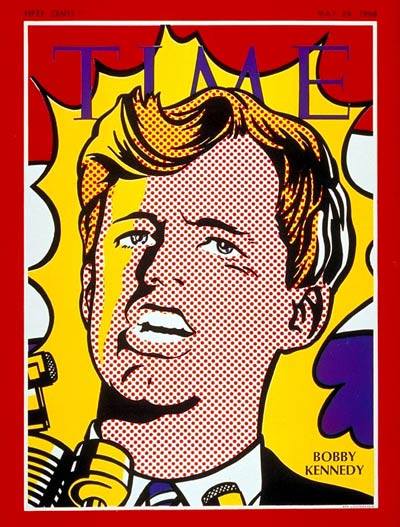
Gotti & Trump: They Showed The World Who’s Boss
This week marks a perfect storm of events relating to John Gotti and Donald Trump.
First, on the biggest mobster in the nation’s history: Trump’s birthday is June 14, Flag Day, and Trump is proving himself to be the most un-American, un-patriotic of US Presidents by undermining the post World War II Alliance of Western democracies. At the same time, the Flag Day Flim-Flam Man is advancing the interests of America’s most viscous, vindictive and dangerous foe, Russia. Trump started dealing with Russian mobsters—in New York and in abroad—after he used up his credit lines with the Genovese and Gambino Crime Families of New York—the crime families that enabled him to build Trump Tower and other New York properties– and the Scalfo Crime Family of Philadelphia—the crime family that helped Trump build the Atlantic City Taj Mahal Casino. In return for the mobs’ bankrolling him when regulated bankers would not, Trump laundered millions of dollars in dirty money, for which his now bankrupt New Jersey Casino paid a $10 million fine.
Trump’s well-documented mob associations aside, I’m more furious over the Quisling Trump’s sabotage of democracies around the world. My father went off to war, leaving his wife and three children to fight to preserve Democracy in WW II. My wife’s uncle, a 20-year old Jew, lost his young life fighting the Fascists in Europe. By annihilating the sacrifices of tens of thousands of US Veterans who fought and died to make the world safe for Democracy for decades, Trump has defecated on their graves, wiping himself with the American Flag in the process. Imagine how callous Trump would be if he wasn’t born on Flag Day.
The following day, June 15, represents milestones for former Gambino Mob Boss John Gotti—now dead 16 years ago this week–and for me. Last June 15, my memoir was published on the 85th Anniversary of Mario Cuomo’s birthday, recounting the tumultuous eight years I worked with Cuomo—a paragon of integrity with reverence for the law– while my brother was working as a bagman for John Gotti. My book, entitled Tightrope: Balancing a Life Between Mario Cuomo and My Brother,” was published by Heliotrope Books (NY). It detailed my eye-witness testimony of how I knew Mario Cuomo had no connections to organized crime, because I did—and my brother’s mob associates understood it clearly, since they declared Cuomo to be “unreachable.” It was the exact opposite way they felt about Trump, whom John Gotti and the Gambino Family’s local Teamster Boss John Cody—both friends of my brother Michael’s– considered to be their personal, puffed-up patsy.
This June 15, the long-delayed movie “Gotti”, starring John Travolta, is being released by Lionsgate and pumped out globally via On Demand and Movie Pass. According to Variety, the film depicts John Gotti, Mob Boss, as a “respectable family man.” The movie, based upon the self-published memoir of John Gotti, Jr., entitled “In the Shadow of My Father,” completely distorts the message of the book, which, I quoted in my own, since it demonstrated the repulsion Gotti’s son had for being torn between his love for his father and exposing his own family to “The Life” in the Mob.
More disturbing than the way John Gotti, Sr., is lionized, according to Variety writer Peter Debruge, is that “the film presents an extended grievance on how unjust it is (Trump would call it ‘unfair’) that the U.S Government won’t leave the ‘poor kid’ (John Gotti, Jr.) alone.” It was a common refrain repeated by my brother and his mob associates once they got caught for racketeering, tax evasion, assault, or, in Gotti Sr’s., case, murder: “The god-damned FBI; the fuckin’ government; they’re out to get us.” So unfair. Such “Fake News.”
So in the week when Trump sells out global Democracy to dance with dictators, when he wraps himself in the American Flag while mocking the values it represents and the Veterans and law enforcement personnel who still risk their lives to defend those values, the flim-flam film “Gotti” debuts in America, with the appropriate marketing phrase: “He Showed The World Who’s Boss.” He did; for a while, just like the flim-flam President is showing the world right now. For a while. Gotti was the boss–until Sammy “the Bull” Gravano (Gotti’s own fixer, like Michael Cohen) flipped on him to Robert Mueller and the FBI, and the indictments, arrests, convictions and imprisonments started to flow.


